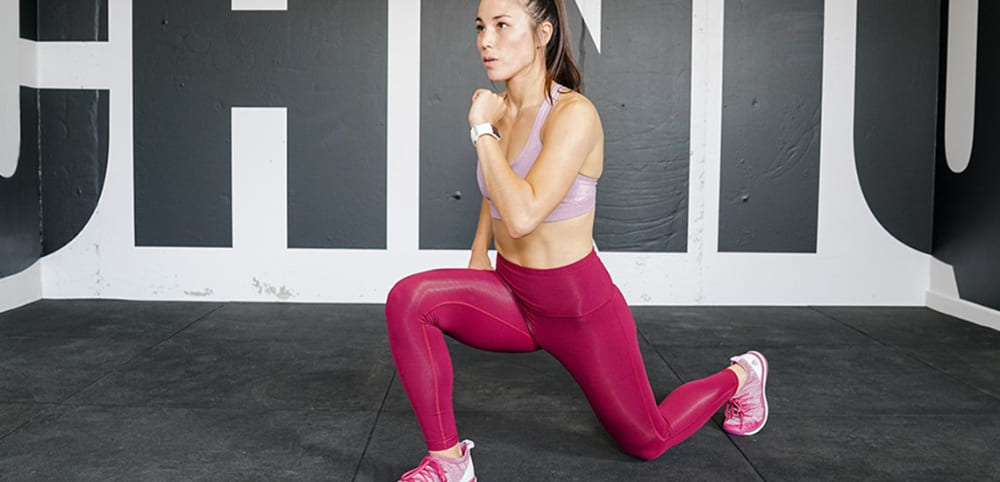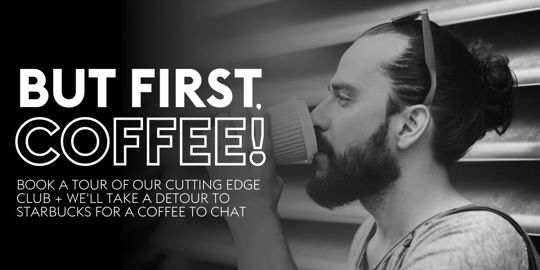When it comes to mixing up your home workouts, you can’t look past the lunge. A regular dose of lunges will lead to strong glutes and lean legs, and lunges can be a great cardio training tool too.
The muscles you'll work
Working all the muscles of the lower body, the lunge is one of the best ways to intensely target the Gluteus Maximus and Quadriceps, while also working the Hamstrings and the Calf muscles.
While bilateral movements like the squat and deadlift are fantastic for lower body strength building, lunges are unique as they allow you to build lower body strength while also improving balance, stabilization and coordination.
How to set up the perfect lunge
- Start with feet hip-width apart
- Take a big step backwards into a long lunge
- Keep hips and shoulders square to the front
- Lift your chest and brace your core to support your lower back.
The movement
- Drop your back knee towards the floor, until the front thigh is parallel to the floor
- Focus on moving down and up, not forward and back
- Drive through the front heel to activate glutes.
- Keep your chest lifted and core braced
How it should feel
As you lower you should feel a stretch through the front of the hip (of your back-leg). As you lift back up you should feel the activation of your front leg’s quadriceps (the muscles in the front of your thigh) and the gluteals (the muscles of the butt).
What to watch out for
Make sure you have enough distance between your legs. If your step is too short, when you lower down to lunge your front knee will travel in front of the ankle. Your front knee may move inwards which can become problematic and your upper body can drop forward when fatigued.
Weighted lunges
Adding weight to your lunges is an ideal way to maximize the results. Increasing your strength gains can be as simple as holding a weight in one, or both hands. Or you can add load by lunging with a barbell on your upper back. With the added weight you increase the work for the core and really challenge your legs.
Pulse lunges
Incorporating pulse lunges is a great way to hold pressure for longer in the muscle – this accelerates the onset of fatigue, which is the key to creating muscular change.
Power lunges
Adding a jump as you switch between lunging legs is sure to send your heart rate sky-high and maximize calorie burn, while also building lower body strength. Use your arms to get momentum and make sure you bend your knees to absorb the load and keep your knees safe as you land.
Static or stepping – and in what direction?
Static lunges involve stepping back into the lunge and then maintaining that foot position as you move up and down through a set of lunges. Static lunges are an ideal starting point for learning the lunge movement pattern. Once you’ve mastered the movement you can add variety by opting for stepping lunges. When it comes to stepping lunges, experts recommend the backwards stepping lunge rather than forwards stepping lunge – as stepping backwards provides the same muscle activation with less stress on the joints.
How to increase glute activation
Lunges are highly regarded as being one of the best moves for building your behind. To maximize the butt-building benefits make sure you drive down through the front heel as you stand, this will isolate and activate the glutes – and add real fire to the movement.
If you’re keen to practice your lunge technique you’ll get plenty of opportunity during one of our BodyPump, BodyAttack or Les Mills Grit workouts. Let's LUNGE!!


